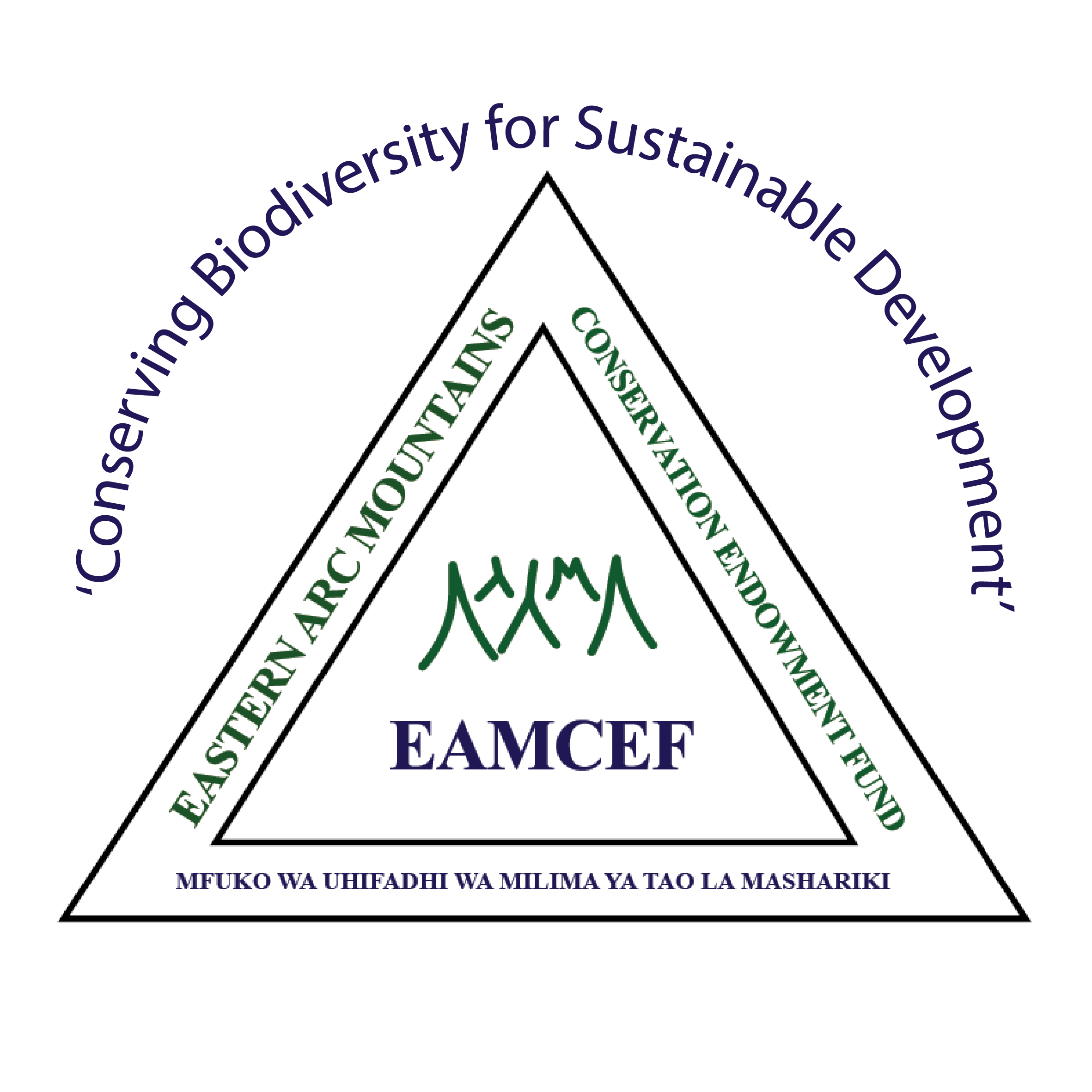This is the largest of the Eastern Arc blocks stretching across four Districts in central Tanzania. A small part is within Kilosa District and a strip of land is within Kilombero District (both in Morogoro Region) and the rest is found in Kilolo and Mufindi Districts of Iringa Region. The Udzungwa Mountains rise to 2,230 m altitude and there is a large plateau area above 1,500 m altitude. There are at least 146 villages in the Udzungwa mountains, containing at least 698,295 people. Some areas have high population density, but there are also large areas with sparse population and few villages, particularly in the higher areas close to the Udzungwa Mountans National Park and West Kilombero Scarp Forest (now part of Kilombero Nature Reserve).
The Udzungwas contain a number of reserves in different categories of management. The highest level of protection occurs in the Udzungwa National Park that is found in Kilombero and Kilolo Districts and covers 190,000 ha. There is also the Kilombero Nature Reserve (around 178,000 ha) and the Uzungwa Scarp Nature Reserve. In Kilombero District there are also three catchment forest reserves (Iwonde, Nyanganje, Ihanga) containing forest. There are also 27 Forest Reserves, Village Forest Reserves and private forests in Mufindi District (Kibao, Mufindi Scarp East, Mufindi Scarp West, Kigogo, Njerera (Luhega), Ihang’ana, Idewa, Kidete, Lugoda Lutali, Myangala, Ndynduli, Duma, Kidegemsitu, Lufuna, Ipafu, Igoda, Mkonge, Kitwile, Mpanga, Luhunga, Madisi, Lulanda, Ukami, Mufindi Tea, Kyfulilo Farm, Malenda Farm, Brook Bond), covering around 28,000 ha (much grassland). Furthermore an additional nine Forest Reserves and proposed forest reserves are found in Kilolo District (Mlali, Image, Kilanzi Kitungulu, Kisinga-Lugalo, New Dabaga, Ulagambi, Kitemele, Kawemba, Kitonga, Kimala), containing a mixture of forest and grassland.
The vegetation of the Udzungwa Mountains is exceptionally variable, ranging from lowland forests, through sub-montane, montane and to upper montane forests. There are also extensive areas of montane grassland of various types, montane wetland areas, and heath lands. At lower altitudes the vegetation grades into various forms of woodlands.
High endemism – 15 strict endemic vertebrate species, 27 Eastern Arc endemic vertebrate species and 36 Eastern Arc endemic trees.
In terms of endemic species the Udzungwa Mountains support 15 strict endemic vertebrate species (with an additional two species being described), a further 27 Eastern Arc endemic vertebrate species and 36 Eastern Arc endemic trees. Some of the forests are relevantly well known, but a number of other forest areas are still largely unexplored biologically. This includes the large forest block on the Luhomero massif and many of the smaller forest reserves. The National Park is also not completely surveyed.
Extensive wild fire is a major driver of forest degradation.
In terms of threats the Udzungwa Mountains face a number of challenges, foremost being extensive wild fires in the grassland areas that sometimes enter and destroy areas of forest. Other threats include farmland encroachment into some forests, logging where protection efforts are weak, and the collection of animals for the pet trade. A catastrophic threat to one species, Nectophrynoides asperginis, was the building of the Kihansi hydro-electrical scheme which greatly reduced the flow across a waterfall, impacting a spray zone that was the only habitat for this species. Its chances of survival in the wild are precarious and small captive populations are also seriously threatened. It may soon become extinct. (image: Pitsawing using a wooden frame is the usual way for large trees to be processed by hand into planks and carried out of remote areas)
